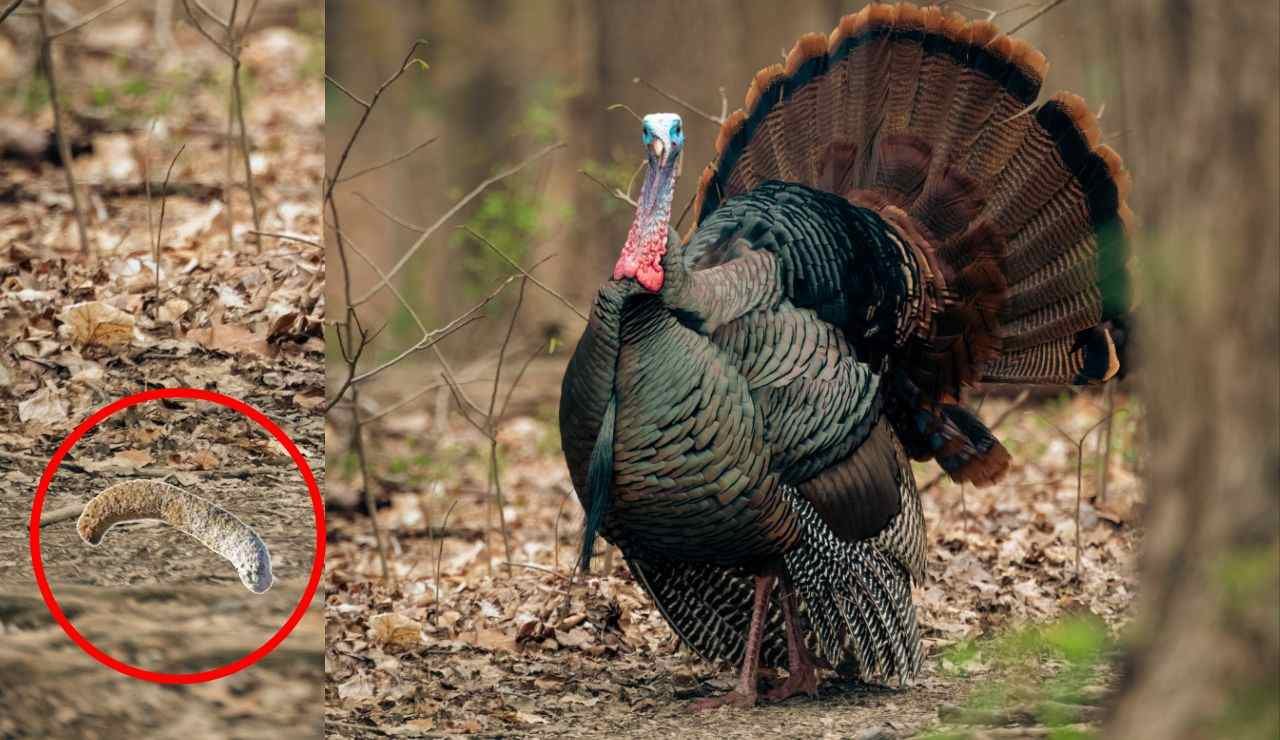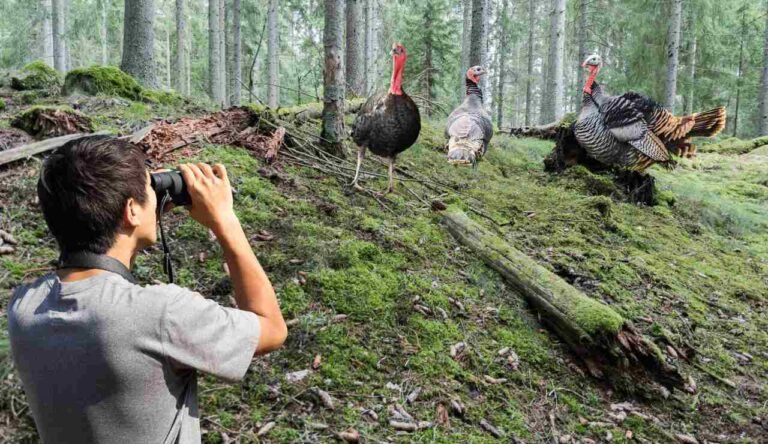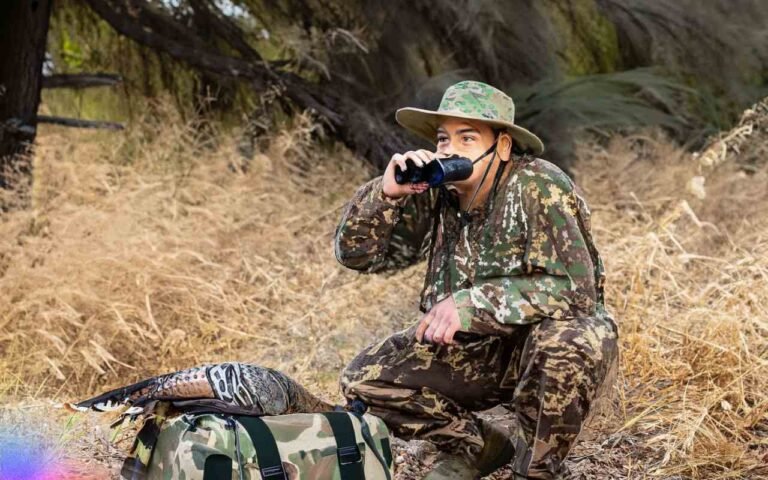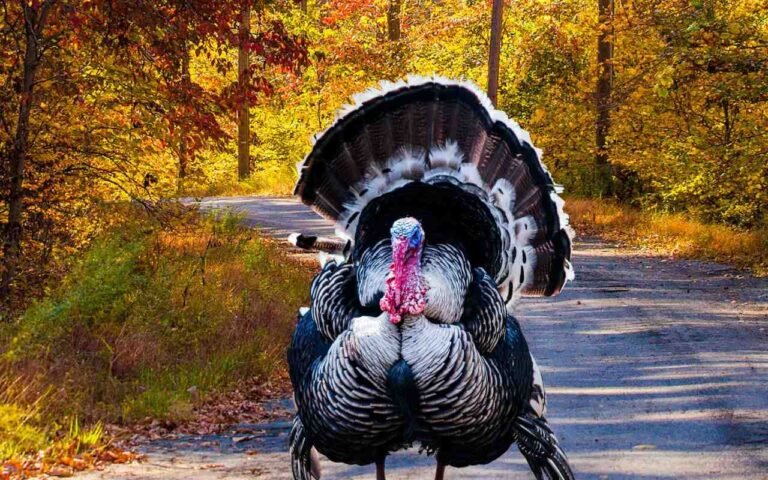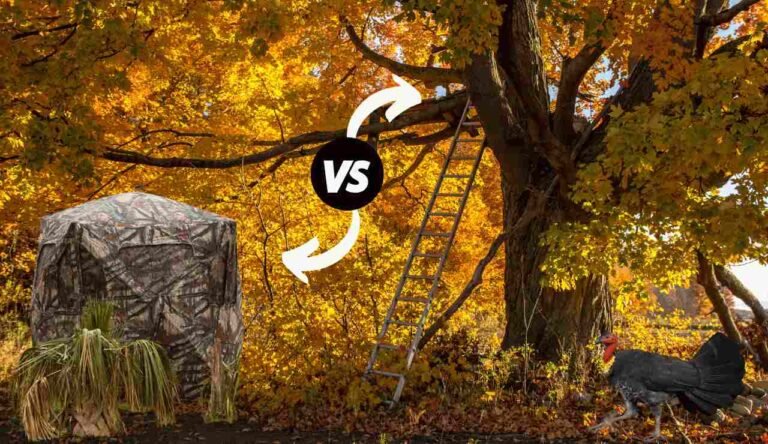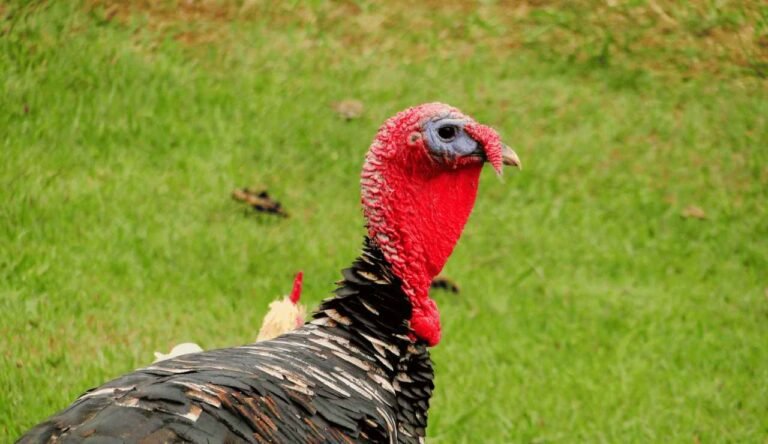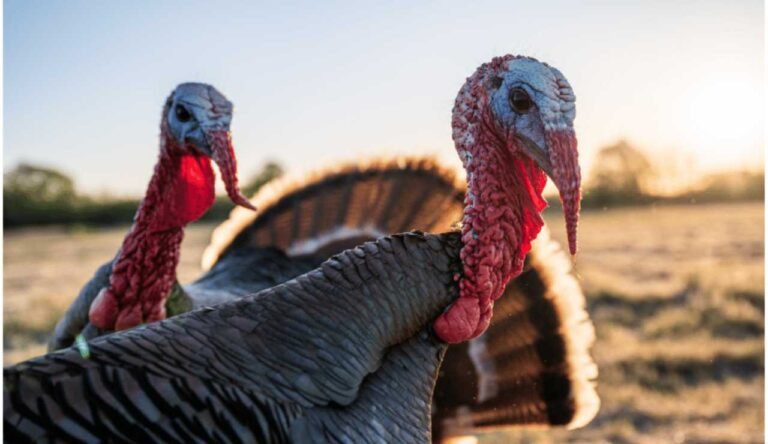What Does Turkey Poop Look Like? A Hunter’s Guide to Identifying Turkey Poop in the Wild
Turkey hunting is a popular activity among hunters in many regions of the world. Hunters must be able to spot evidence of turkeys in the vicinity to improve their chances of success. Turkey’s poop is one of the most reliable indicators. Understanding the appearance of turkey poop may assist hunters in identifying likely feeding and roosting locations as well as the size and gender of the bird. We’ll provide a brief overview of the physical characteristics of turkey poop in this post and discuss why turkey hunters must be able to recognize it.
What does turkey poop look like?
The internal anatomy of male and female turkeys differs, with males having a rudimentary internal sex organ that may influence the shape of their droppings. So, depending on the sex of the bird, the look of turkey poop might change. The poops of male turkeys are long and thin, only curving at one end, and include some uric acid on the surface. These excretions are about 2.93 inches long and 0.39 inches in diameter. On the other hand, female turkeys often make droppings that spiral into a wider and stretchy coil to contain eggs. In addition, turkey poop often has a “J” form and sometimes has blunt ends that curve in one direction.
Physical Characteristics of Turkey Poop
| Characteristic | Description |
|---|---|
| Shape | Blunt ends, curls in one direction, shaped like a "J", spiral. Differs as per gender. |
| Color | greenish or grayish brown in color |
| Texture | Usually firm and cylindrical, but can vary based on diet and hydration |
| Size | Generally larger than chicken feces, up to 1 inch in length |

Identifying Turkey Sign
Recognizing turkey signs is crucial for hunters who wish to discover possible hunting grounds and raise their chances of success. The following are some pointers on how to spot turkey poop and other indications of activity nearby:
Identifying Turkey Poop: Turkey poop may be recognized by its compact, cylindrical shape and gritty texture. They often have a tapered end and stand out for their color and scent. It’s critical to identify them from other animal waste in the vicinity, such as that of deer or rabbits, which might resemble them in size and form but vary in texture and color.
Other Signs of Turkey Activity: Besides looking for bird droppings, hunters should search the area for further indications of turkey activity. Feathers, scratch marks on trees or the ground, footprints, and regions where turkeys roll around in the soil to dust themselves are a few examples. Hunters might use these indications to find prospective roosting and feeding locations.
To discover viable hunting grounds and improve their chances of success, hunters must be able to recognize turkey signs. Hunters may find and hunt turkeys more successfully by being acquainted with the physical qualities of bird droppings and other signals of turkey activity.
What Turkey Poop Can Tell Us: Size, Shape, and Gender Identification
Turkey droppings’ size and shape might provide information about the bird’s gender and size. A bigger bird often has larger droppings, while a smaller bird typically has smaller droppings. The form of the droppings may also determine the gender of the bird. Females often produce more spiral-shaped droppings, whereas males typically produce more J-shaped droppings.
| Gender | Poop Shape |
|---|---|
| Male Turkey | Long and narrow, curls towards one end with white uric acid |
| Female Turkey | Swirls into a coil, spacious and stretchy to accommodate eggs |
How Turkey Poop Can Reveal a Bird’s Diet and Health
Turkey poop’s color and texture may also inform the bird’s diet. For instance, if the droppings are greenish, the bird may have been consuming grass or other plants. Dark brown or black droppings might indicate that the bird has been consuming seeds or insects. The texture of its droppings may also determine the bird’s nutrition and state of hydration. Dehydration may be indicated by crumbly, dry droppings, while moist, flowing droppings may suggest more liquid diets.
Using Scratches and Droppings to Locate Roosting Spots
Turkey sign may also be used to find suitable roosting and feeding locations. Scratch marks may identify them at tree bases, bare ground areas, and droppings. For instance, many bird droppings in one spot can indicate that the birds are roosting nearby. There may have been bird feeding in that region if there were scratch marks on the ground.
Conclusion
In conclusion, turkey hunters must comprehend the physical properties of bird poop. Hunters can determine the size, gender, and diet of turkeys by analyzing the size, shape, color, and texture of their droppings. They may also use this information to pinpoint prospective roosting and feeding locations. Hunters might improve their chances of success in the field by being aware of these crucial hints. The next time you go turkey hunting, look out for and take advantage of bird poop. Happy searching!
Frequently Asked Questions
How does a turkey poop appear?
Turkey’s poop has a rather uniform look across geographic boundaries. It is small, cylindrical in form, and slightly larger in diameter than a penny. The scat often coils in one direction, and the ends of the droppings are typically blunt. Male and female turkey droppings vary in form; male droppings are longer or J-shaped, while female droppings are more or less spiral-shaped, like a snail’s shell. The internal anatomy of male and female turkeys differs, which accounts for the form discrepancy. To recognize a turkey by its poop, check for its peculiar tracks and markings, which feature 3-toe prints emanating from a center circle.
Is turkey poop easy to identify?
Compared to other animal droppings, turkey poop has several distinguishing characteristics that make it rather simple to recognize. Male turkey poop is long and thin, only curving toward one end, and is around 2.93 inches long and 0.39 inches in diameter. The curled end of the poop has some white uric acid on it. However, the poop of female turkeys often forms a coil with a diameter of about 3/8 inch.
What color is turkey poop?
Turkey poop typically has a greenish or greyish-brown appearance. However, the curled end may also contain white uric acid on it.
Does turkey poop have a strong odor?
While turkey poop sometimes has a moderate stench, it is usually not as unpleasant as other animal waste.
Is turkey poop harmful to humans?
Although turkey poop may contain harmful bacteria and pathogens, it typically poses little threat to human health. To prevent contamination, washing your hands well after touching any turkey droppings is still advised.
- Indiana Turkey Season 2025-2026: Dates, License & Regulations-All You Need To Know! - December 30, 2025
- Illinois Turkey Season 2025-2026: Guide [Dates, Regulations, Bag Limits & Licenses] - December 30, 2025
- Idaho Turkey Season 2025-2026: Guide [Dates, Regulation, Licenses & More!] - December 30, 2025
